Dense, lush rainforests in the Amazon. Rivers and streams running through Appalachia’s green hills and mountains. Rocky coasts of the Hawaiian islands battered by seas. Each of these landscapes poses mysteries that inspire Taylor Perron’s research. What he sees as “whodunits” about the Earth itself require investigations into how past climate, erosion, and plate tectonics can explain the present topography of the planet’s surface—and even help predict its future.
“As early as I was interested in Earth science, I think I had that sense,” says Perron, a professor of geology in the department of Earth, Atmospheric, and Planetary Sciences (EAPS) who specializes in geomorphology, studying how landscapes form and evolve both on Earth and on other planets.
Many geomorphological whodunits begin in simple observation. For instance: One can observe that rivers all over the planet flow in branched patterns, but why?

Perron’s research group at MIT discovered that a competition between two erosional mechanisms—the gradual movement of soil down slopes and the carving of valleys by rivers as they flow through a landscape over eons—creates these identifiable patterns. In a 2012 paper in Nature, they described the “erosional mechanics” at work, presenting a mathematical model that predicts both the pattern of river branches and their size—down to the smallest tributaries—based on a landscape’s climate and the strength of the rock or soil the waters are cutting into.
That willingness to get to the bottom of big questions, applying tools from multiple disciplines to deduce the history of Earth’s landscapes and predict how they might respond to further environmental changes, earned Perron a 2021 MacArthur Foundation fellowship, better known as a “genius grant.”
Many researchers see Perron as “the leading architect of a renaissance in geomorphology, transitioning the field from emphasis on qualitative descriptions toward physics-based modeling,” says Robert van der Hilst, Schlumberger Professor of Earth and Planetary Sciences and head of EAPS. And that renaissance is much needed. “Some of the most common patterns in landscape evolution, and the underlying processes that control them, have long remained stubbornly enigmatic,” he says.
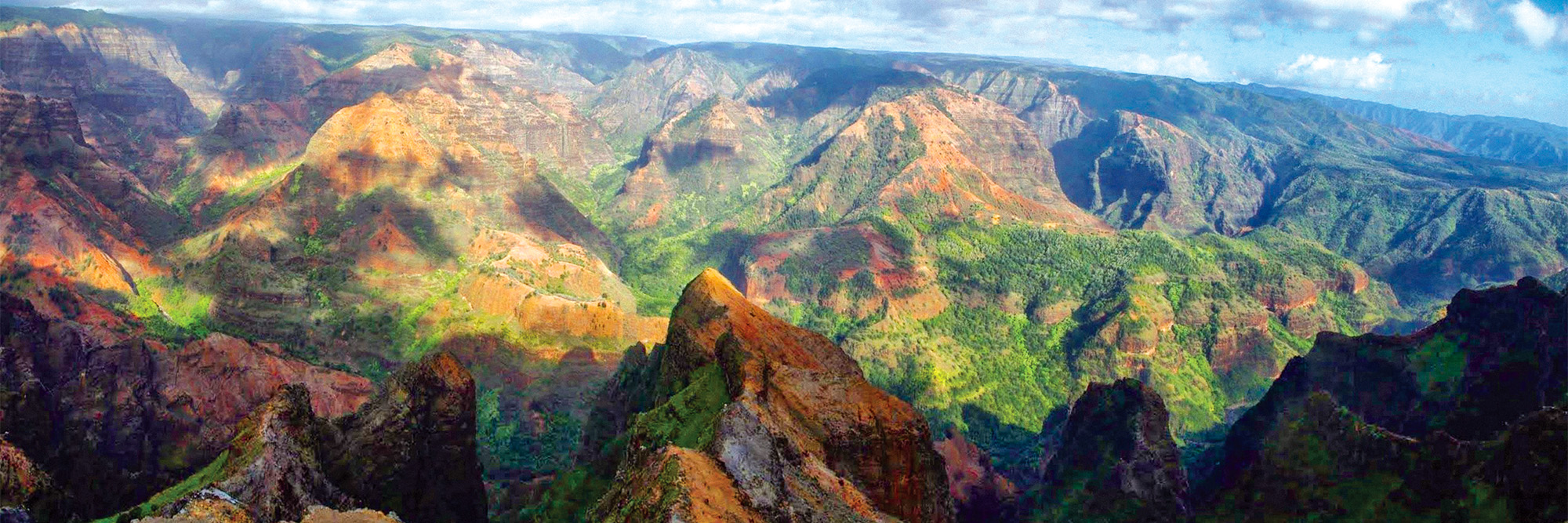
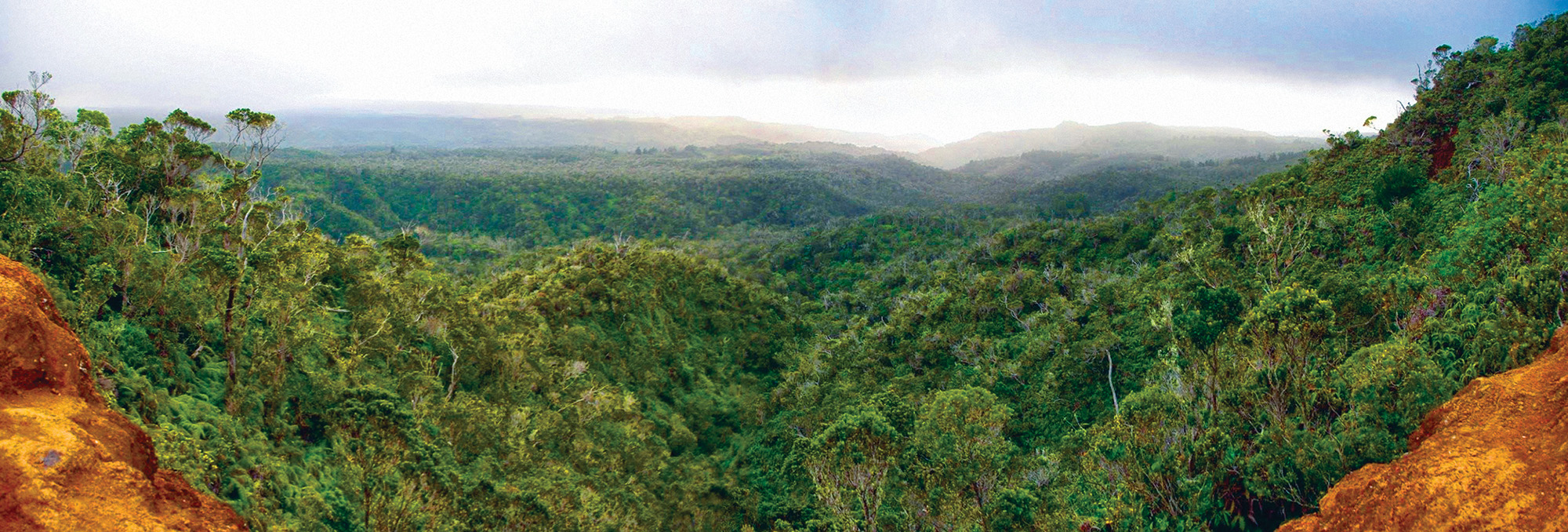
That’s because Earth’s dynamic and complex landscapes are not static masses but shifting environments that emerge as multiple forces, both natural and human-directed, at work upon the planet’s varied surfaces.
To articulate the complexities of Earth’s physical processes and figure out how they shape the landscape, Perron and his team analyze a lot of data—from field observations, remote sensing instruments, high-resolution topographic surveys, and space missions. Then they use that data to develop and refine sophisticated quantitative models and computer simulations of landscape evolution. Perron also embraces interdisciplinary collaborations to add new detail and nuance to his research.
“If you have to piece together what happened to the Earth—or even to another planet—or try to forecast what might happen in the future,” he says, “it is to your advantage to draw on as many different kinds of evidence as you can.”
Understanding landscapes past is essential to navigating our precarious present, as climate change imperils both natural and man-made environments.
He has also found that a close analysis of Earth’s landscapes can deepen our understanding of the new worlds opened up by interplanetary exploration. The cold deserts of Mars and the methane atmosphere of Saturn’s moon Titan may be distant from our own world, but Perron and his team can discern dynamics similar to those on Earth, as well as key differences. Knowing the mechanics of our own planet’s rivers, for instance, suggests that the essential role of plate tectonics in shaping Earth’s landscapes had not been replicated on Mars or Titan.
Understanding landscapes past is essential to navigating our precarious present as climate change imperils both natural and man-made environments. It also gives us tools to model and perhaps even shape our uncertain future as well.
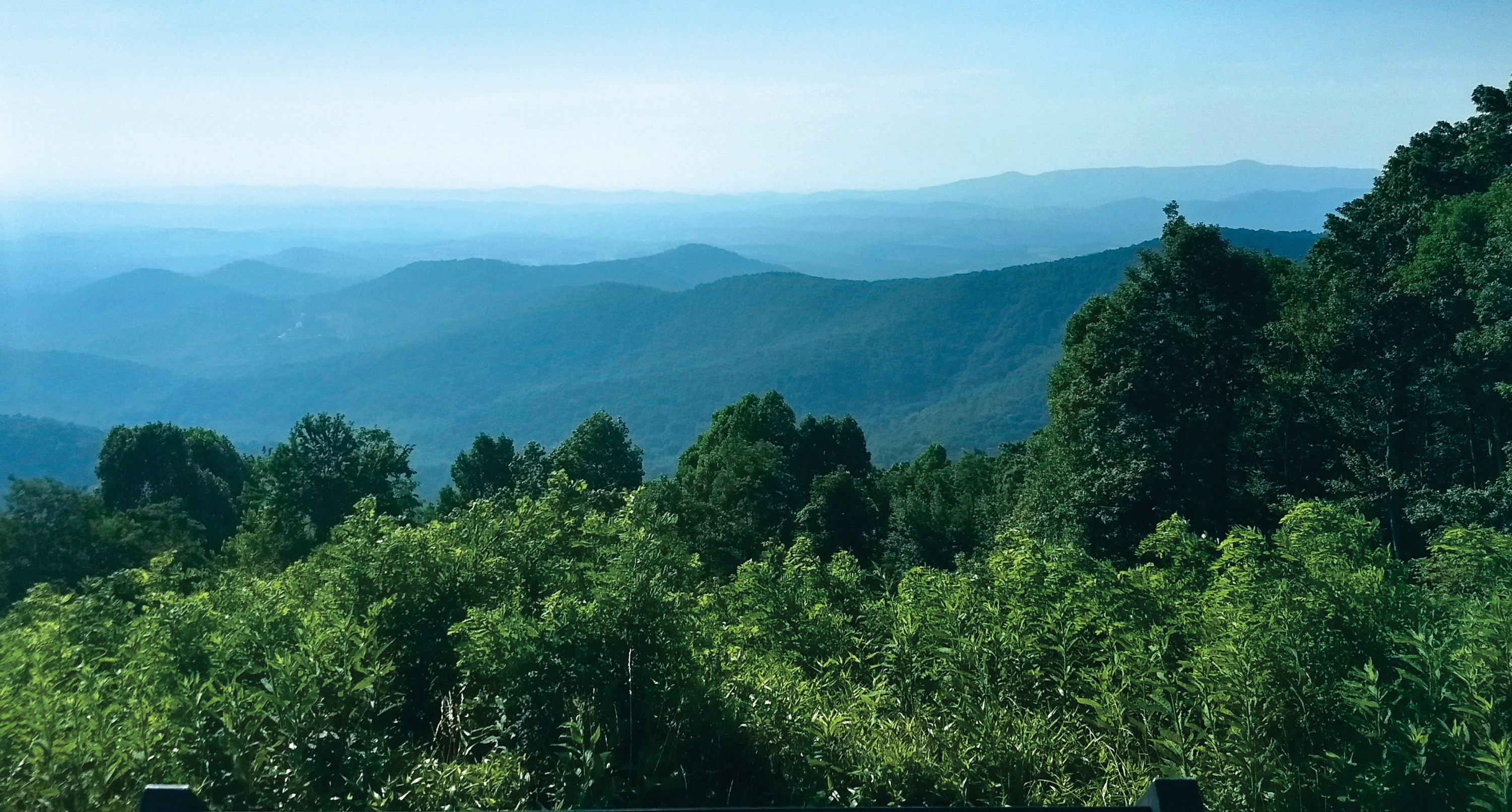
“Many of the landscapes we study have formed over thousands or millions of years,” Perron says. “Our work to measure how climate shapes landscapes helps give us an idea of what to expect as we continue to change Earth’s climate.
“Looking into the past, even over pretty long periods into the past,” he continues, “is really important and relevant to what’s happening now and to what might happen in the near future—even over human time scales.”
A river runs through it
Perron’s work explores landscapes from the Amazon to Mars, but his journey began in New England. Even as a child in rural Vermont, he was curious about the whodunits glimpsed in the visible landscape.
“One of the first times I remember thinking about science and the landscape in the same context,” he says, “was learning that the mountains that I could see when I was on my way to school had been underneath hundreds of meters of ice at some point.”
Perron was left with a “sense that there was this enormous part of Earth’s history that wasn’t directly accessible to us,” he says. “You’re going to have to piece it together from whatever nature left around for you.”
He delved into Earth and planetary sciences and archaeology as an undergrad at Harvard University, spent a year at the US Geological Survey, and got a PhD in Earth and planetary sciences at the University of California, Berkeley in 2006. After postdoctoral studies at Harvard, Perron joined the faculty at MIT, where he’s been piecing together Earth’s history since 2009.
“We’re mostly interested in how rivers, mountains, and other landforms change over time,” says Perron of his research group’s focus. “That is the common thread—especially rivers—that runs through most, if not all, of our research.”
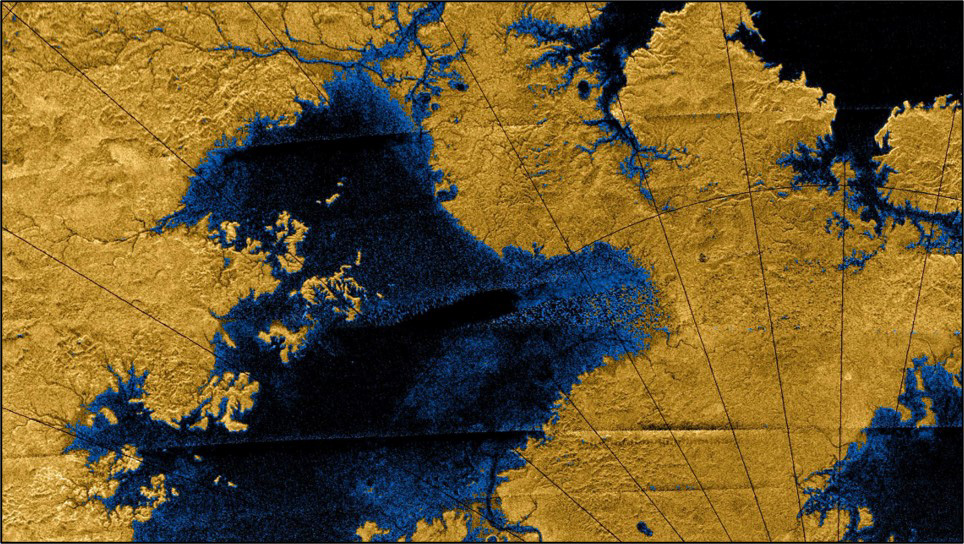
rivers and lakes on Saturn’s moon Titan
Perron’s team has uncovered how bedrock rivers shape landscapes—and how the landscape’s evolution can reshape the networks rivers create. These rivers that flow over beds of rock, he says, drive topographical changes by creating steep-sloped valleys where surface material must fall downward: “Think about these networks of rivers, these spindly, branching treelike networks, as carving down into the rock and just dragging the rest of the surface along with them.”
His research has expanded our understanding of the formation and substance of the so-called “critical zone”—a thin layer a few feet below Earth’s surface where rocks break down to form soil.
To study how the complex variables of climate shape the landscape, his group is exploring such things as how extreme rainfall might affect the location, frequency, and severity of landslides, or how wave climate (wave intensity averaged over a year) affects the rate of coastal retreat or erosion. By looking at the varying wave climates on the Hawaiian islands, Perron and colleagues have measured how much faster a coast with larger waves erodes than a coast with smaller waves does.
Nature itself has conducted vast and useful long-term experiments that can shed light on landscape evolution. “Complicated systems have so many different factors that can change and influence them,” he says. “We like to try to identify natural experiments. And that can include natural experiments in climate, where we try to find landscapes where nature has controlled for a number of key factors and changed one that is especially important, and we can study that.” For example, again looking at Hawaii, the side of the islands exposed to the trade winds is rainier and wetter, allowing researchers to gauge how rainfall influences river erosion.
Lunar landscapes and lost lakes
Perron’s work on the role of Earth’s rivers has also laid a foundation for his research on planetary landscapes. The same tools that allow us to read Earth’s history backward through its landscapes also help us understand more about the fate of now-vanished lakes and rivers on Mars, or how the methane rivers and lakes of Saturn’s moon Titan work.
“The uptick in planetary exploration starting around 25 years ago has had a huge impact on my work,” he says. “I realized as a graduate student that many of the things I was learning as an Earth scientist could be applied to [other] planets.” His decision to expand his research beyond Earth was inspired in part by the global digital topographic map of Mars developed by MIT’s vice president for research Maria Zuber in the late 1990s, as well as the discovery of Titan’s active rivers.
“Seeing Earthlike landforms on other planets is also a great opportunity to analyze experiments that nature has done for us.”
“It’s incredible how much we humans have learned about the solar system in such a short time,” he says. He also realized that studying other planets could inform his research on Earth. “Seeing Earthlike landforms on other planets is also a great opportunity to analyze experiments that nature has done for us,” he says.
Obviously, scientists cannot do fieldwork on Mars or Titan. (“For now,” quips Perron.) “If we wanted to know how much water and sediment a river on Earth carries, we’d measure the size of the sediment on the riverbed and survey a cross-section of the river channel,” he says. “If we want to know how fast a mountain range is rising up or eroding away on Earth, we go collect samples there and bring them back to the lab. We can’t do any of those things on Mars or Titan. So we have to get creative.”
Perron and his team blend information from planetary missions with their work on Earth’s surfaces to paint a picture of faraway landscapes. He says, “We know it rains methane on Titan, but we can’t see it happening—so my group estimated how hard it rains based on measurements of river networks in pictures from the Cassini-Huygens spacecraft mission. We also came up with a way to calculate how much water an ancient Martian river carried, or how much methane a modern Titan river carries, using only dimensions we can measure from orbit.”
But Perron concedes that a lack of field samples means some questions must remain open for now: “How long did it take for Titan’s landscapes to form? Have they been active for billions of years? We don’t know yet.”
Getting granular
Perron sees collaboration with researchers in other disciplines as essential to answering foundational questions and expanding the boundaries of his research.
“We’ve worked with colleagues at MIT who study everything from the carbon cycle to the physics of granular materials,” he says. “We’ve worked with colleagues at other institutions who study the genetics of fish, or the archeology of the ancient Amazon.”
One important example is his work with mechanical engineering professor Ken Kamrin, who specializes in the mechanics and physics of granular materials, to study the movement of gravel and sand in rivers (known as sediment transport) that leads to erosion.
“People have been studying how rivers move sediment for many years,” says Perron. “Ken has a fresh take on rivers and has opened my eyes to things that have been overlooked by people in my own field.”
Their collaboration focuses particularly on how the size and shape of sediment grains affect sediment transport. “This is an interesting problem from the geophysical standpoint,” Kamrin says, “because more-sensitive modeling tools will lead to better predictions of bed erosion.”
“Granular media is a notoriously difficult material to model,” he adds, but this research may even “lead to breakthroughs in modeling granular flow that apply beyond the riverbed context.”
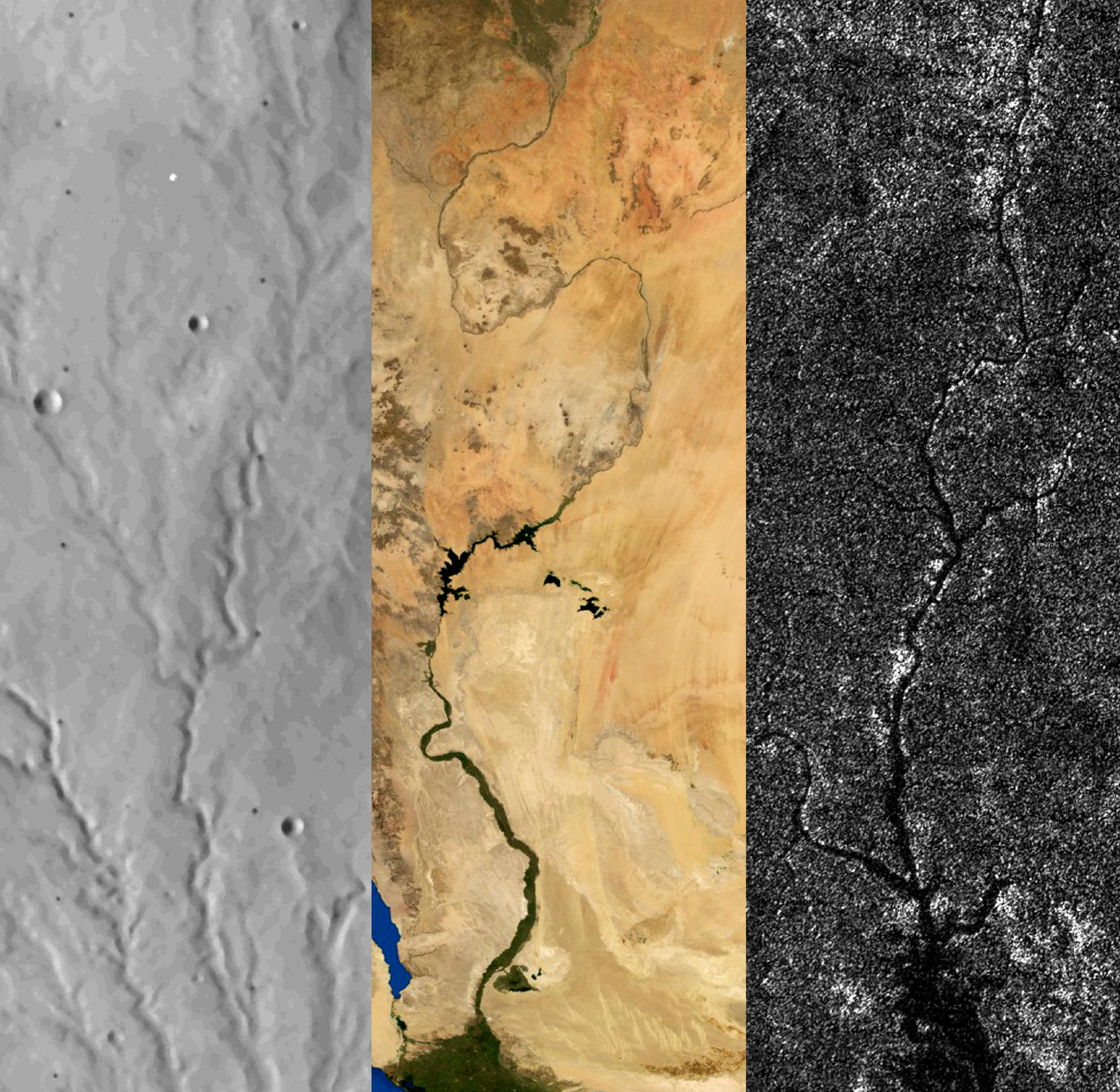
Perron also sees a bigger picture. “Ken’s approach to understanding the behavior of individual sediment grains, and then developing ways to scale that up to entire landforms, is inspiring,” he says. “One colleague recently summarized [the collaboration] as a ‘gift that keeps on giving.’ We just keep discovering new aspects of granular dynamics in landscapes to explore together.”
Studying landscapes’ effects on biodiversity is another interdisciplinary area attracting graduate students and postdocs to Perron’s team. Instead of asking the usual questions about how species are lost, they look at why some landscapes retain or enhance biodiversity.
That biodiversity is under threat adds urgency to this research. “If you can understand what influences biodiversity and why some parts of Earth’s surface are much more diverse than others,” Perron says, “then hopefully we can do a better job of conserving it.”
Other collaborations help when traditional geomorphological research hits a dead end. “Landscapes that form through erosion are hard to trace through time, because the erosion destroys the evidence of what they looked like in the past,” he says.
Perron is intrigued by the work of Greg Fournier, an EAPS colleague who studies the genetic record of life on Earth. “Organisms that live in a landscape—and whose evolution depends on the landscape’s topography—might have preserved a more persistent record of a landscape’s past,” Perron says. Their DNA can serve as what he calls a molecular clock, giving geologists a new way to measure time.
“If you can take advantage of this genetic data, in addition to geological data, you have really expanded your arsenal … to figure out what happened to the landscape—and how those two things might have influenced each other,” says Perron.
Landscapes and life
Maya Stokes, PhD ’21, tackled one aspect of the biodiversity question at Perron’s urging. “When I was deciding on where to go for graduate school,” Stokes recalls, “I was looking for research that involved mountains and rivers. But when he suggested we throw fish into the mix, I couldn’t resist.”
Stokes’s dissertation examines how changes to river landscapes influence the evolution and distribution of aquatic organisms. Perron “pushed me to simultaneously consider big, generalizable scientific questions while also making sure I was focused on unraveling specific mechanisms and problems,” she says.
Now a postdoctoral fellow in ecology and evolutionary biology at Yale University, Stokes is using geomorphic research methods to collect and analyze DNA sequence data so she can piece together the intertwined histories of the fish and rivers of the Appalachian Mountains.
“Scientists have long suggested that Earth processes have fundamentally altered the evolution of life,” says Stokes, “but with the advent of next-generation DNA sequencing techniques and ever-improving methods for piecing together the physical history of landscapes, we are now poised to understand the exact mechanisms that govern such links.”
Perron plans to use his $625,000 MacArthur grant to collaborate with other researchers without having to wait for federal grant funding.
The award won’t alter his course, however. “I really do think that the answers to some of the big questions about Earth and the solar system are recorded in landscapes,” he says.
